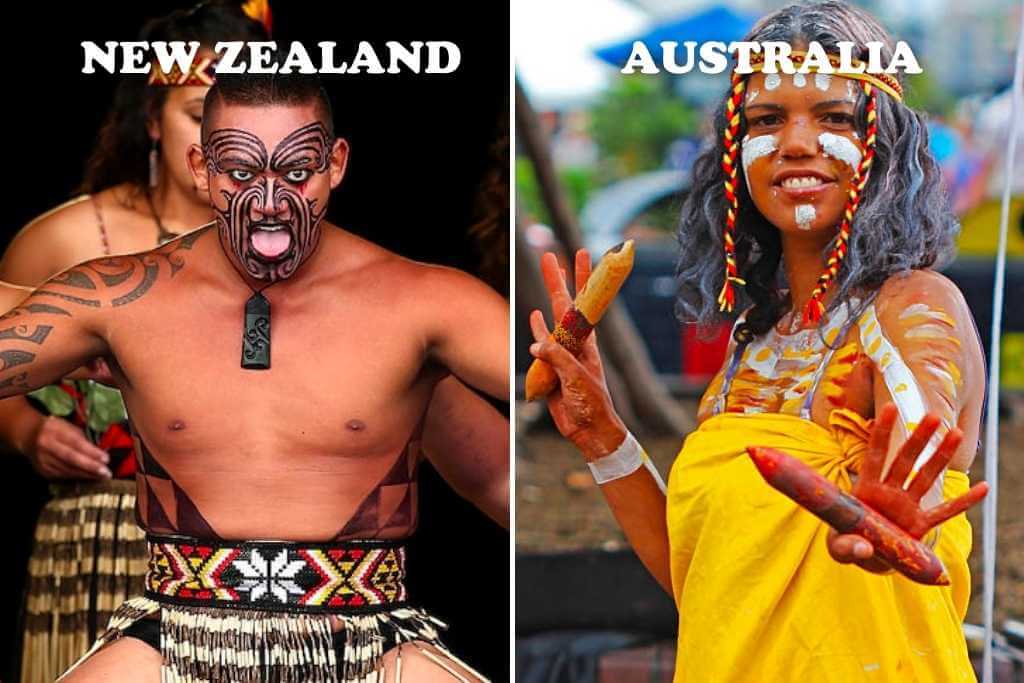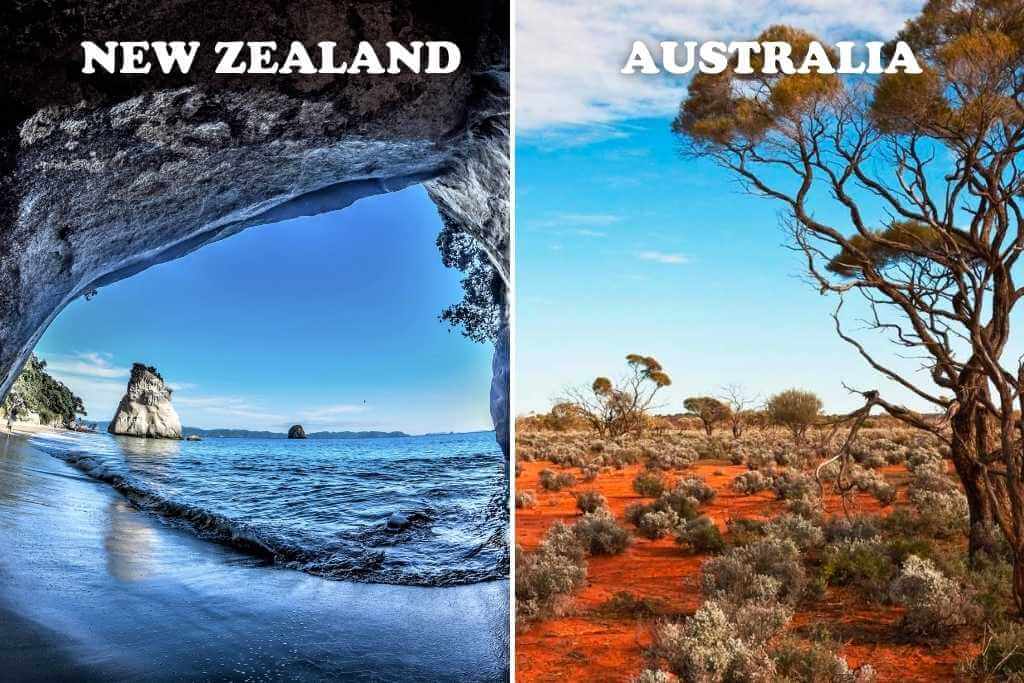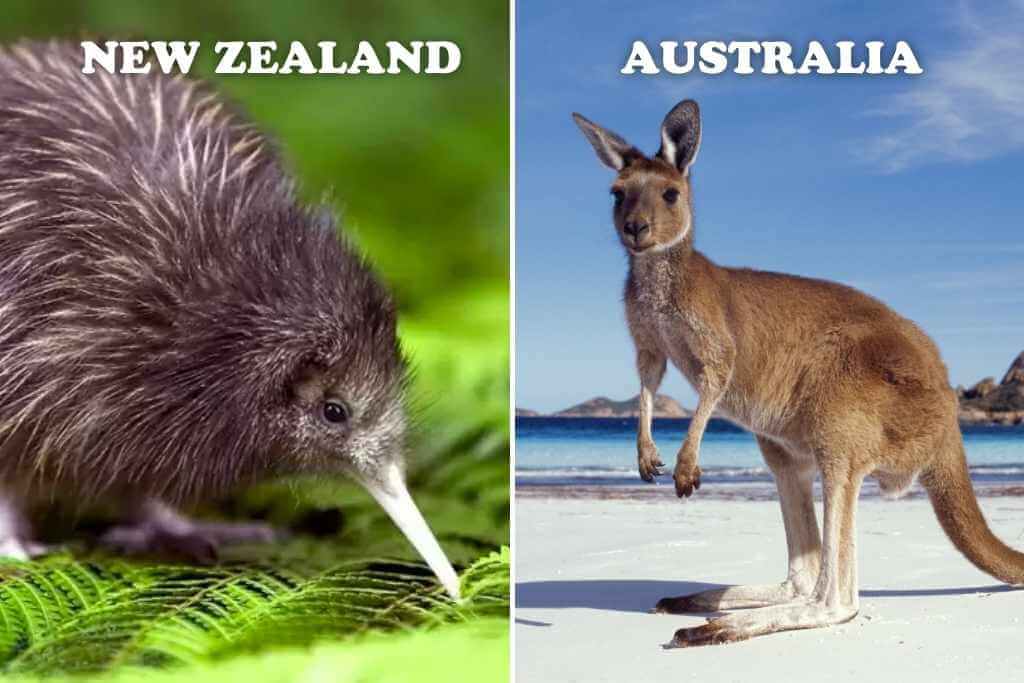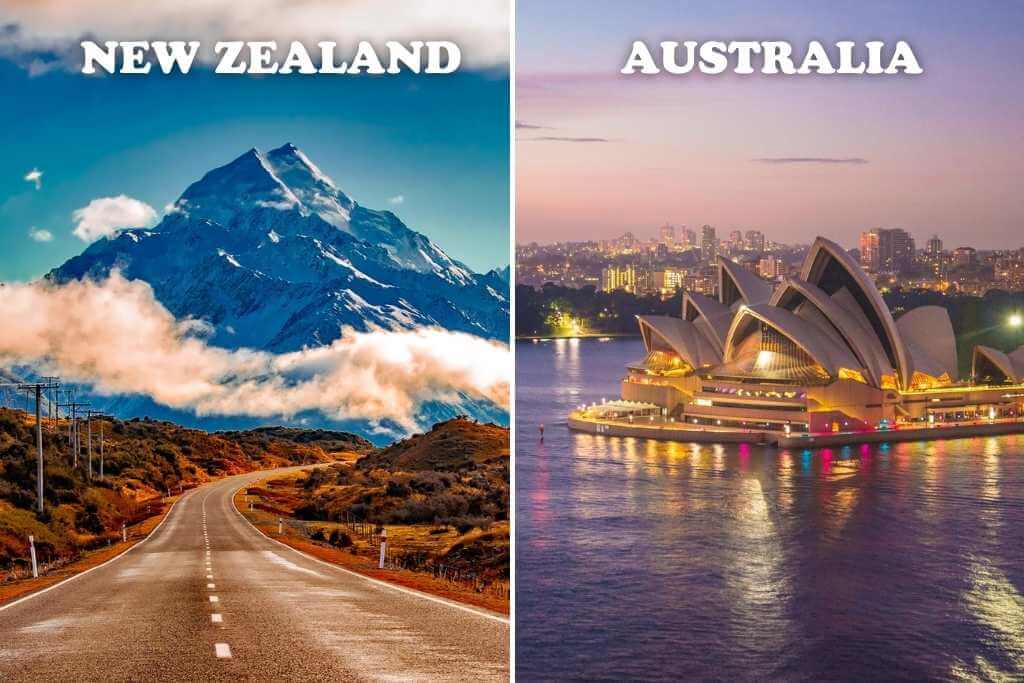Although there is a common misconception that Australia and New Zealand are similar in nature, the two nations couldn’t be more dissimilar.
People from all over the world frequently consider New Zealand and Australia to be comparable and close neighbors. But this is entirely false. One could argue that the two nations’ similar colonial histories are the only thing they have in common. Any traveler to these nations will be struck by how dissimilar they are. This article has been updated to discuss the differences between Australian and New Zealand wildlife as well as accents.
The Native Peoples

The indigenous populations of New Zealand and Australia are totally distinct from one another and have no common history, culture, languages, or beliefs. They are not similar at all. One of the world’s oldest populations, the Australian aborigines have been present in Australia for 50,000–65,000 years, which is possibly two, three, or even four times longer than the duration of human habitation in the Americas.
- Oldest: The Australian Aborigines are one of the world’s oldest human populations. They have been residing in Australia for 50,000 to 65,000 years.
- Numerous Australian aboriginal groups share little with other ethnic groups despite speaking hundreds of different languages.
- Diverse: There Are Many Different Groups of Australian Aborigines
The Maori of New Zealand are among the most recent indigenous groups in the world, having arrived in the country after the Viking Age about 700 years ago. They are a Polynesian population that has created its own distinctive culture and is more closely related to the native Hawaiians and Tahitians of French Polynesia. This is the biggest difference between New Zealand and Australia.
- Young: The Maoris are one of the world’s most recent indigenous populations.
- New Zealand’s history spans roughly 700 years.
- Particularly in New Zealand, these indigenous populations have had a significant impact on the modern nations, art, and cultures.
The Geography and Climate

Australia is the oldest, flattest, driest, and least fertile continent in the world. After breaking off, New Zealand spent a large portion of its history submerged beneath the sea. Today, it is characterized by young mountains, volcanoes, and rolling hills. Australian mountains are old and weathered, while the Southern Alps in New Zealand are fresh and angular.
Australia is a megadiverse nation with a broad range of topographies and climatic conditions. It includes vast deserts and tropical rainforests, including one of the oldest rainforests in the world, the Daintree Rainforest.
Climate: Australia Has a Wide Range of Climates, From Tropical Rainforests to Desert
While New Zealand has a diverse landscape, it doesn’t have the same level of diversity as Australia.
Australia has a hot desert, savanna, oceanic, humid subtropical, cold desert, warm-summer Mediterranean, hot-summer Mediterranean, and hot semi-arid climates, according to Koppen climate types. While New Zealand falls primarily into the category of oceanic (that is temperate, no dry season with warm summers).
Despite having other types of forests as well, eucalyptus trees, also known as gum trees, predominate in Australia’s forests. The forests of New Zealand are totally different.
There are many more differences, such as the federal government in Australia. However, if you’re considering traveling to this region of the world, make time to visit two extraordinarily distinctive nations.
Animals and plants

There is no more contrasting comparison between flora and fauna than this. Australia is renowned for its ancient lineages of monotremes and marsupial mammals (including kangaroos and koalas) (like the platypus). The megafauna that once roamed Australia is abundant in mammals. It is well known for having many of the most venomous snakes in the world as well as large saltwater crocodiles.
- Snakes: None can be found in New Zealand.
- In New Zealand, there are no native land mammals (except For A Couple of Bat Species)
No mammals existed in New Zealand (apart from three species of small bats and marine life like seals, whales, and dolphins). Birds ruled New Zealand as a nation. The Moa, one of the largest birds ever recorded, and the largest eagle ever recorded lived there before the Maoris arrived (the Haast Eagle). The vast majority of New Zealand’s native birds are distinctive and exclusive to that country. Additionally, neither native nor introduced snakes exist in New Zealand.
The Countries Are Not Close

A map may give the impression that the nations are close to one another. However, this is due to the Pacific Ocean’s size, which makes up one-third of the planet’s surface. They are separated by roughly 1,500 miles or 2,000 kilometers. To put that in perspective, New Zealand is closer to Australia than London is to Russia.
Distance: The two nations are roughly 2,000 kilometers (1,500 miles) apart. Before and after the age of Polynesian expansion, the people of New Zealand and Australia had no contact with one another.
The Accent
The accents of the people in Australia and New Zealand are very different from one another, despite what some may believe. Australians, for instance, have a propensity for shortening words and drawing out vowels.
The practice of playing with vowels is popular in New Zealand. However, the accents of the two nations differ from one another and are particular to their respective populations. This is one of the differences between New Zealand and Australia.
The Wildlife
While dangerous creatures like poisonous snakes, critters, and spiders can be found in Australia, this is not the case in New Zealand, where people enjoy running in the outdoors carefree. This is due to the fact that, roughly 85 million years ago, after Australia and New Zealand geographically separated, the animals did not evolve in New Zealand in the same manner as they did in Australia. ( New Zealand and Australia differences )
The former has a variety of tiny marsupials, echidna, platypus, rosellas, cockatoos, and lorikeets in addition to kangaroos, koalas, emus, snakes, crocodiles, and wombats. The kiwi, on the other hand, is New Zealand’s most well-known native animal. The morepork owl, little blue penguin, yellow-eyed penguin, kea, tui, dolphins, and fur seals are other wildlife found in the nation.
What is the difference between South Australia and Northern Australia?